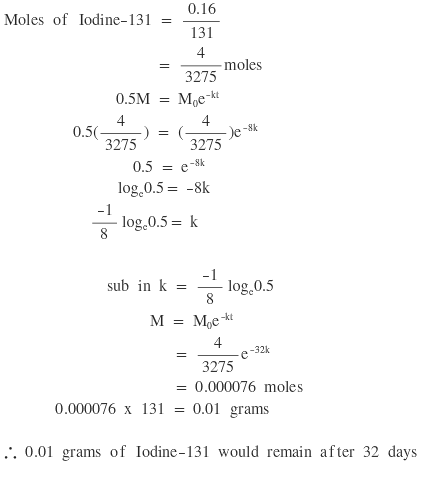Re: HSC Chemistry Marathon 2016
Use recent references to find out how particle accelerators are used to discover new transuranic elements. To process the sources you find, assess their reliability by comparing the information provided. Look for consistency of information.(5)
THIS, is the next question. But I will address the temporary question.
_________________________
Not every hydrogen involved in molecules will exhibit acidic properties. This can be visualised by considering essentially every alkane - there are no acidic hydrogens in methane, ethane, propane, etc.. This is also true, by extension, for alkanols which have the hydroxyl (-OH) functional group.
A hydrogen atom is acidic if it can become ionised in water (or, more truthfully speaking, interact through coordinate covalent bonding with a water molecule to produce the hydronium ion). Consider the hydrogen atom in hydrochloric acid to illustrate this example.
HCl(aq) + H2O(l) -> H3O(+) + Cl(-)
Now, consider the nature of the hydrogen atoms in citric acid.
The carboxylic acid functional group (-COOH) is noted to indeed, have one acidic hydrogen. This occurs as the hydrogen can become ionised to produce the carboxylate functional group.
(-COOH) + H2O(l) -> H3O(+) + (-COO) (-)
The three carboxylic acid functional groups supply all the hydrogen atoms to consider citric acid triprotic. All five other hydrogens serve a purpose identical to that of alkanes and alkanols (note - citric acid does have one hydroxyl group). These atoms do not exhibit acidic properties - they cannot detach to form ions in solution, thus they cannot be used to call citric acid "octoprotic".
[Worthwhile mention: Citric acid can be named 2-hydroxypropane-1,2,3-tricarboxylic acid]
________________
EDIT: EDIT: removed.



